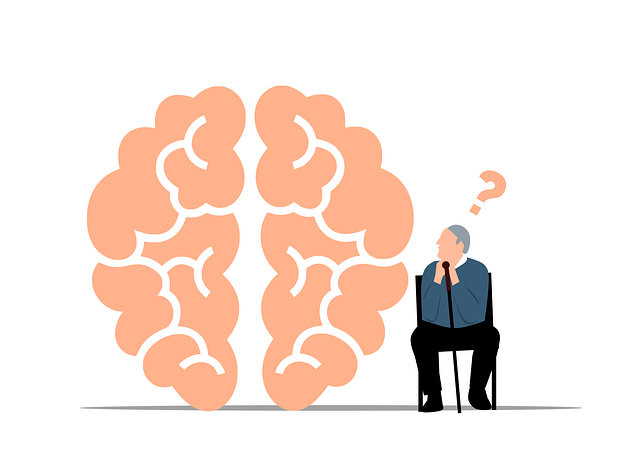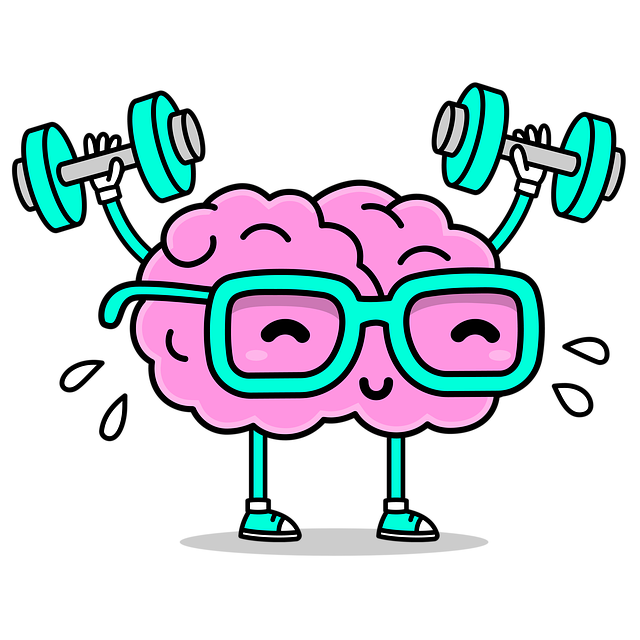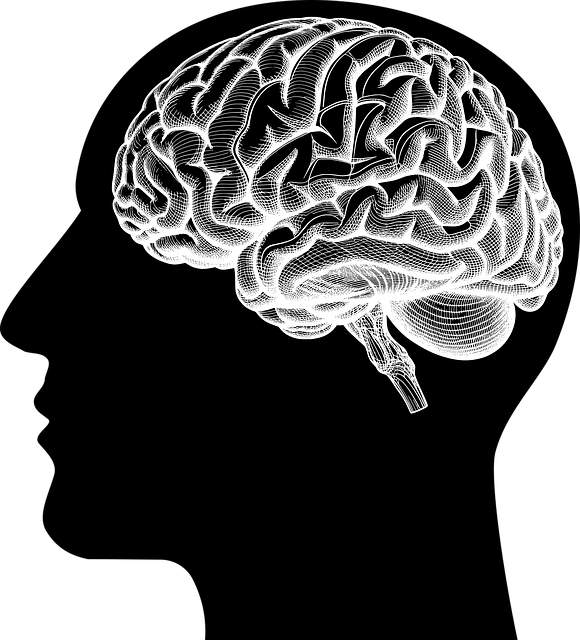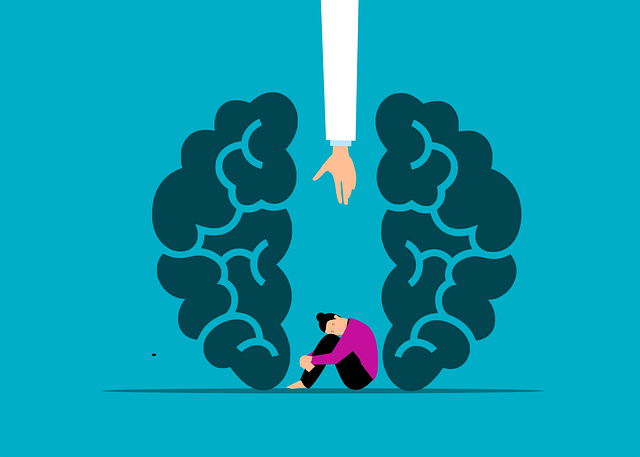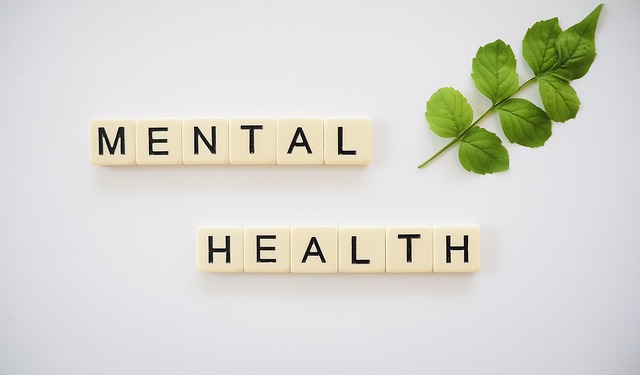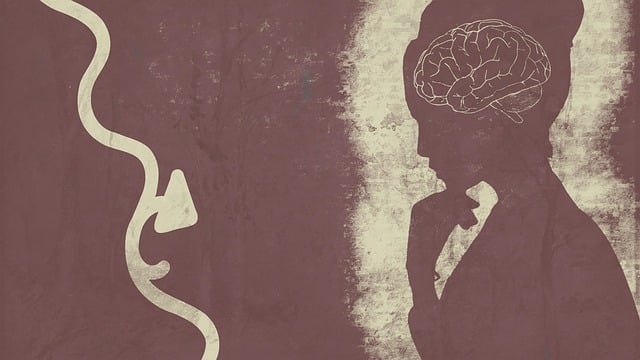Colorado Springs Adolescent and Teen Therapy focuses on risk assessment and harm minimization planning to create safe, supportive environments for young individuals. Using evidence-based strategies like cognitive behavioral therapy (CBT), mindfulness exercises, crisis intervention guidance, and self-esteem improvement practices, therapists identify and address psychological, behavioral, and external factors contributing to mental health issues in teens. Tailored interventions, such as Mindfulness Meditation and Emotional Healing Processes, empower adolescents with coping skills and resilience for long-term mental wellness, effectively navigating challenges from immediate crises to lifelong mental health management.
Risk assessment and harm minimization planning are vital components of ensuring safe and effective therapy environments for adolescents. This comprehensive guide explores these critical strategies in Colorado Springs adolescent and teen therapy, focusing on identifying potential hazards and implementing evidence-based practices. We delve into the role of harm minimization planning in youth mental health support, sharing case studies that highlight successful risk assessment approaches. By understanding these key aspects, therapists can foster nurturing environments conducive to positive outcomes for young clients.
- Understanding Risk Assessment: Identifying Potential Hazards in Adolescent Therapy
- The Role of Harm Minimization Planning in Youth Mental Health Support
- Implementing Evidence-Based Strategies for Safe and Effective Therapy Environments
- Case Studies: Success Stories of Risk Assessment and Harm Minimization in Colorado Springs Adolescent Therapy
Understanding Risk Assessment: Identifying Potential Hazards in Adolescent Therapy

In Colorado Springs Adolescent and Teen Therapy, risk assessment is a foundational step toward creating safe and supportive environments for young individuals. It involves identifying potential hazards that could negatively impact a teenager’s mental and emotional well-being. These hazards may manifest as behavioral risks, psychological issues, or external factors such as family dynamics, peer pressure, and environmental stressors. By meticulously evaluating these aspects, therapists can proactively develop harm minimization plans tailored to each client’s unique needs.
Effective risk assessment in Colorado Springs Adolescent and Teen Therapy goes beyond simply identifying problems; it entails recognizing the underlying factors that contribute to them. This includes exploring issues like depression prevention, fostering inner strength development, and ensuring healthcare provider cultural competency training to address a diverse range of adolescent experiences. Through this holistic approach, therapists can better navigate complex situations, provide appropriate interventions, and ultimately promote positive outcomes for their young clients.
The Role of Harm Minimization Planning in Youth Mental Health Support

Harm minimization planning plays a pivotal role in supporting youth mental health, especially in communities like Colorado Springs Adolescent and Teen Therapy. This proactive approach focuses on preventing and mitigating risks that can negatively impact young individuals’ emotional well-being. By implementing strategies tailored to each adolescent’s unique needs, therapists facilitate the development of essential coping skills. These skills empower teens to navigate challenging situations, regulate emotions, and foster resilience.
One effective tool within this framework is Mindfulness Meditation, which teaches present-moment awareness and emotional detachment. This technique allows adolescents to better understand their feelings and respond to stressors in healthier ways. Additionally, focusing on Emotional Healing Processes helps young people process traumatic experiences and build a positive sense of self. Through these interventions, Colorado Springs Adolescent and Teen Therapy aims to not only address immediate concerns but also equip teens with lifelong tools for managing mental health effectively.
Implementing Evidence-Based Strategies for Safe and Effective Therapy Environments

Implementing evidence-based strategies is paramount for creating safe and effective therapy environments, particularly within Colorado Springs adolescent and teen therapy settings. By integrating well-researched approaches, therapists can foster a supportive atmosphere that promotes healing and growth. One such strategy is incorporating crisis intervention guidance, which equips both therapist and client with tools to navigate emotional distress promptly and effectively. This not only enhances the immediate safety of the therapeutic space but also lays the foundation for long-term mental wellness.
Additionally, focusing on self-esteem improvement through evidence-based practices can significantly contribute to a positive therapy experience. Enhancing self-worth and resilience helps adolescents and teens cope with challenges and setbacks, fostering a sense of empowerment that extends beyond therapy sessions. Such tailored interventions not only support individual clients but also contribute to the overall success of Colorado Springs adolescent and teen therapy programs in promoting mental wellness and resilience.
Case Studies: Success Stories of Risk Assessment and Harm Minimization in Colorado Springs Adolescent Therapy

In Colorado Springs adolescent and teen therapy, risk assessment and harm minimization planning have proven to be game changers in fostering healthier minds. Many therapeutic practices in the city have adopted comprehensive strategies that involve case studies to evaluate potential risks and design interventions tailored to individual needs. For instance, some successful cases have focused on anxiety relief for teens, where therapists implemented evidence-based techniques like cognitive behavioral therapy (CBT) and mindfulness exercises, leading to significant improvements.
These approaches not only help in managing immediate crises but also encourage the development of self-care routines for better mental health. By integrating practices aimed at burnout prevention, Colorado Springs adolescent therapy centers have created supportive environments that enable teens to navigate challenges more effectively. Through these initiatives, harm minimization planning has become an integral part of holistic therapy, ensuring the well-being and resilience of young individuals in their formative years.
Risk assessment and harm minimization planning are indispensable components of providing safe and effective therapy environments for adolescents in Colorado Springs. By understanding potential hazards, implementing evidence-based strategies, and adopting successful case study approaches, therapists can create supportive spaces that foster positive outcomes. These practices not only protect clients but also empower them to navigate challenges, ensuring a brighter future for young individuals engaging in Colorado Springs adolescent and teen therapy.

